Insights into Ukrainian Children’s Literature
Published: 27 February 2023
Insights into Ukrainian Children’s Literature by Dr. Mateusz Świetlicki University of Wrocław
Dr Mateusz Świetlicki
University of Wrocław
Insights into Ukrainian Children’s Literature
Ukraine, Europe’s second-largest state, has a rich history of children’s literature. From traditional folk tales, through the work of romantics and modernists, to present-day picturebooks and YA novels, Ukrainian texts for young readers offer a fascinating insight into the country’s complex history and culture.
Children’s literature played an important role in the formation of modern-day nations. Hence it is not surprising that eminent nineteenth-century authors like Olena Pchilka and Lesya Ukrainka wrote poetry and prose for children. The development of Ukrainian literature was slowed down by the Imperial and Soviet russification and the socio-political situation in Eastern Europe: collectivization, world wars, the Great Famine of 1932-1933 – orchestrated by Stalin – as well as the constant repressions of Ukrainian culture. During the Soviet era, literature was subjected to strict censorship. For many years Veselka (Rainbow), founded in 1934 as Dytvydav URSR, was the only publisher specialising in children’s books in Ukraine. Initially, most of them were reprints of classics – issued in Ukrainian and Russian – but in the late 1950s and 1960s, several original novels appeared, including In the Land of Sunbeam Bunnies (1959) and the trilogy Two Toreadors from Vasukovka-Village (1963-1970) by Vsevolod Nestaiko and an anthology of children’s literature titled Veselka (1960). Notably, Nestayko’s books have been translated into twenty languages, including English, German, French, Spanish, Arabic, and Bengali.
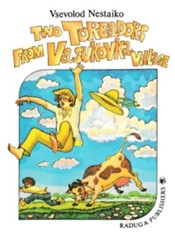
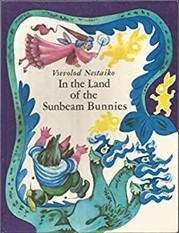
Despite the unfavourable circumstances, Ukrainian literature continued to flourish – both in Soviet Ukraine and in exile – and was translated into many languages. The Mitten, written down in the nineteenth century by ethnographer Pavlo Chubynsky – who wrote the lyrics to the country’s national anthem – is Ukraine’s most popular folk tale, read by children in many countries. In 2013 one of its most recent editions, illustrated by Romana Romanyshyn and Andrij Lesiv, was included in the White Ravens catalogue.
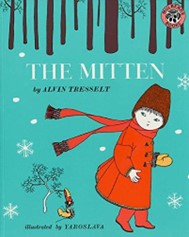
Other famous stories include texts by Ivan Franko (1856-1916), one of Ukraine’s most influential authors and activists. Notably, Fox Mykyta was issued in North America with illustrations by William Kurelek, a Canadian painter and author of picturebooks (trans. Bohdan Melnyk, 1978). Another book, When the Animals Could Talk, illustrated by Yuli Kryha (trans. Mary Skrypnyk), was issued in English in 1984. The volume is also available in French and Polish, among others.
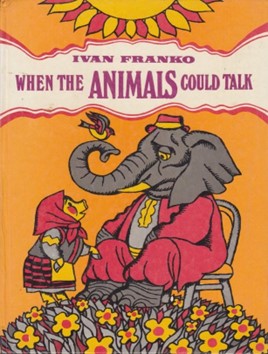
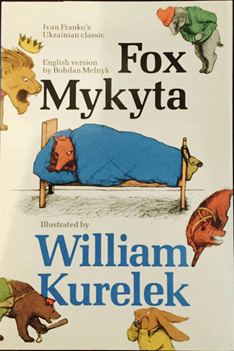
After regaining independence in 1991, Ukraine’s book market could finally reach its full potential. The socio-political changes in the region contributed to the appearance of new exciting publications for children, both original texts and translations of international bestsellers. The demand for quality books for children is still increasing, and independent publishing houses offer prose, poetry, and picturebooks for different age groups. In 1992 Ivan Malkovych opened the publishing house A-Ba-Ba-Ha-La-Ma-Ha, the first one offering high quality children’s and YA literature in Ukrainian. Soon, other publishing houses offering a wide range of books for children opened: in 1993 Torsìng; in 1997 Zelenìj Pes, Navčalna Kniha-Bogdan, Ranok, and Mahaon-Ukraine; in 1998 Vydavnytstvo Vadym Karpenko; and a year later Teza. The next decade brought the opening of Ukraine’s leading publisher of children’s books, Vydavnytstvo Staroho Leva – The Old Lion Publishing House – which was founded in 2001 by poet Mariana Sawka. Other notable ones include Škola (2002), Kašalot (offering sewn books 2003), Kraïna Mrìj (2005), Pero, Granì-t, and Rozumna Dytyna (all three founded in 2006). Currently, many other publishers offer children’s books.
Several books published since the 1990s have been included in the catalogue of White Ravens issued by the International Youth Library in Munich and the IBBY Honour List. Most recently – to name a few – Tanja Maljartschuk’s Mox Nox (2018), Oksana Bula’s Tukoni (2019), and Stanislav Dvornytskyi and Kateryna Mikhalitsina Reactors Do Not Explode (2021). Many of them have been translated into other languages.
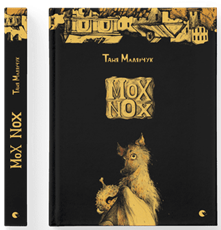
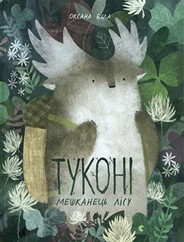
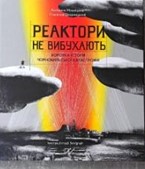
Picturebooks have been met with particular critical acclaim abroad. Works by Art Studio Agrafka, consisting of Romana Romanyshyn and Andrij Lesiv, have received many prestigious awards, including the 2014 Opera Prima Award Mention for Stars and Poppy Seeds, the 2015 New Horizons Mention for How War Changed Rondo, and the 2018 Bologna Ragazzi Award for Loudly, Softly, in a Whisper and I See That (also published in English as Sound (Shhh… Bang… POP… BOOM!) and Sight, Glimmer, Glow, SPARK, FLASH. Considering their visual and textual complexity, it is not surprising that Agrafka’s picturebooks have been translated into English, German, Spanish, Chinese, Korean, Portuguese, Polish, and other languages. Different authors who have been met with international acclaim include Oleksandr Shatokhin, Oksana Bula, and Mariana Prokhasko. Hopefully, the popularity of picturebooks will contribute to the growth in the translation of Ukrainian novels and poetry.
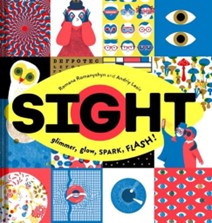
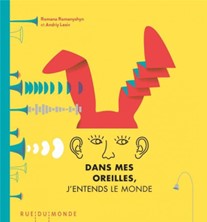
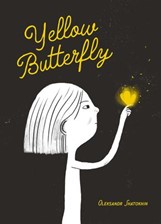
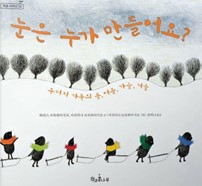
It is worth recalling that references to Ukrainian culture can be found in children’s and YA books by numerous international writers and illustrators. For example, in bestselling publications by William Kurelek, Marsha Forchuk Skrypuch – who is the leading author of Ukrainian Canadian historical fiction – Philip Kerr, Michael J. Spradlin or even Madonna.
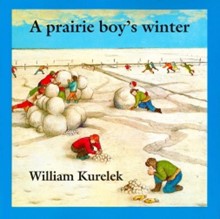
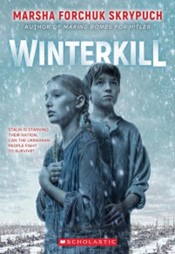
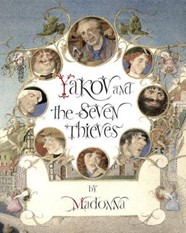
In the last few decades, the diversity of Ukrainian literature for young readers has been explored by various eminent scholars, including Emilya Ohar, Tetiana Kachak, Maryna Vardanian, Vitalina Kyzylova, Lilia Ovdiychuk, Iryna Boitsun, Olesya Slyzhuk, Larisa Kutsa, Olga Kupriyan, Olha Papusha, Natalia Devyatko, Olga Kutsa, Kateryna Zaitseva, Ulyana Baran, Natalia Marchenko, Bohdana Salyuk, Lydia Matsevko-Bekerskaya, Oksana Panko, Yulia Kumanska (Smal), Halyna Rys (Pavlyshyn), Snizhana Zhygun, Anastasia Ulanowicz, and Katarzyna Jakubowska-Krawczyk. While the work of scholars specialising in Ukrainian literature has appeared in several Anglophone journals, the number of studies available in English is still not satisfactory. However, this will undoubtedly change with the growing international visibility of Ukrainian literature.
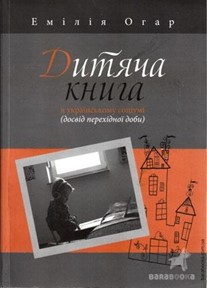
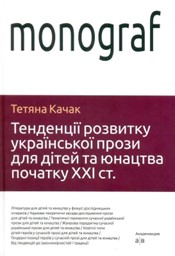
In this series of 12 book reviews and two interviews, the students of the Children’s Literature, Media and Culture Erasmus Mundus International Master Programme spotlight some of the most exciting texts representing this richness. In the last few decades Ukrainian children’s books have been translated into numerous languages and won critical acclaim. However, this series aims to showcase further the diversity of the Ukrainian children’s book market and the various scholarly approaches which can be applied in the analysis of these texts. Next to the Bologna Ragazzi Award-winning picturebooks by Romana Romanyshyn and Andriy Lesiv and texts included in the catalogue of White Ravens and the IBBY Honour List, the following entries discuss lesser-known publications which deserve recognition. While most of the books are contemporary, one of them is a 1932 anthology of Ukrainian literature, which has recently been re-issued in Canada. Moreover, the interviews with prof. Anastasia Ulanowicz (University of Florida), with whom I am currently co-editing the first Anglophone collection on Ukrainian children’s literature, and Yuliia Kozlovets, the general coordinator of the International Book Arsenal Festival, further demonstrate the uniqueness of Ukrainian children’s books. The Children’s Literature, Media and Culture team, both staff and students, hope this series will encourage educators, librarians, and scholars to reach for more Ukrainian books!
First published: 27 February 2023

